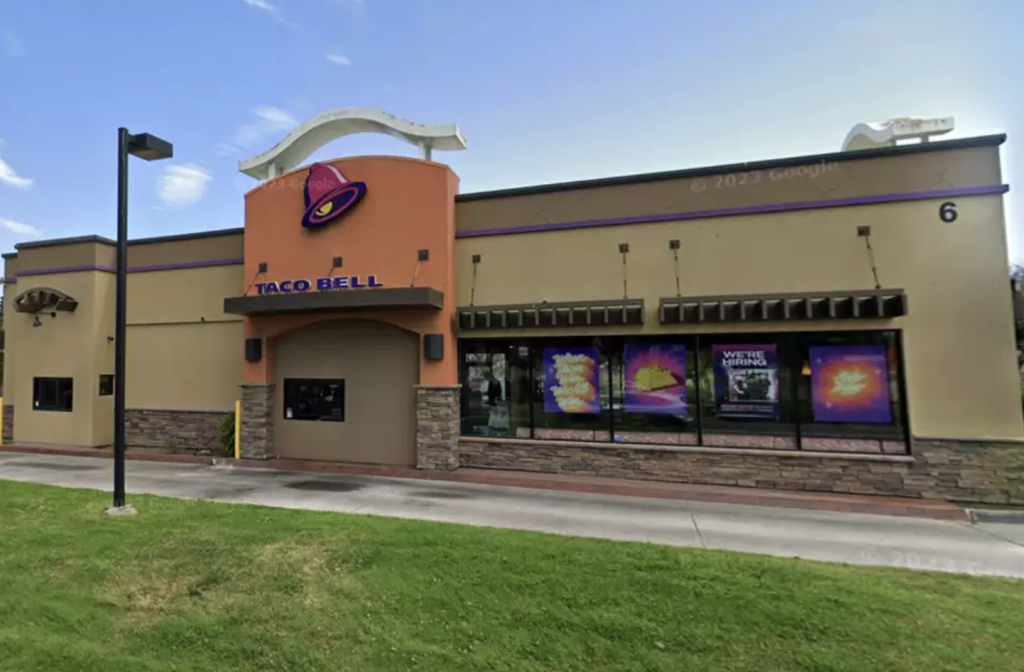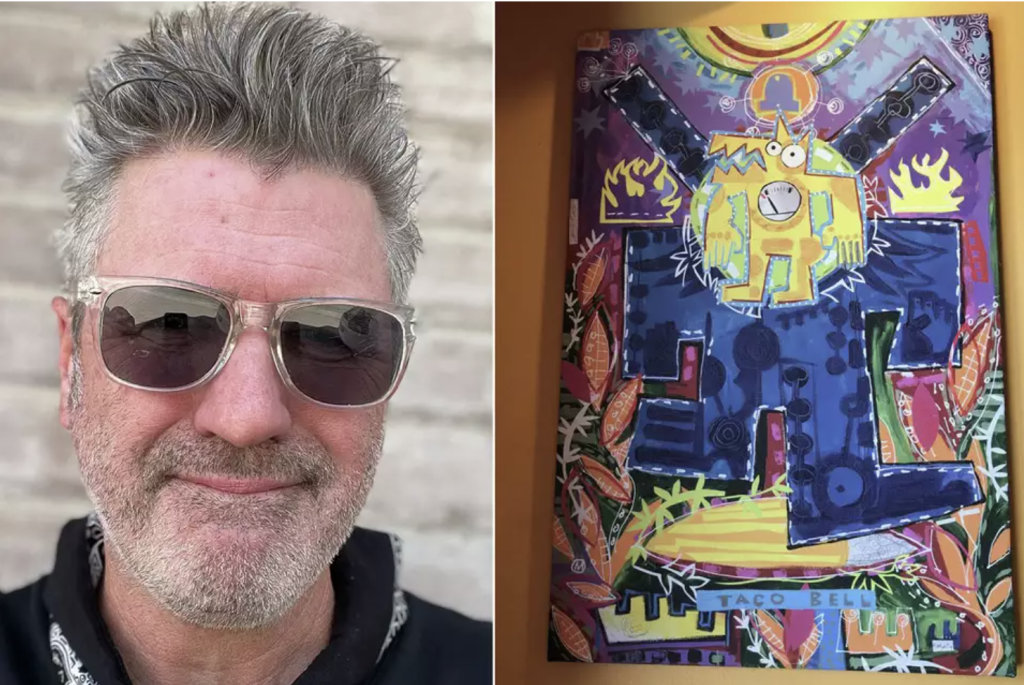Introduction
When artist Mark Smith landed in Louisville, Kentucky, back in the early 2000s, he couldn’t have predicted the pivotal critique awaiting him. Unlike the usual highbrow art circles, Smith’s destination was the corporate offices of Taco Bell, the purveyor of fast-food delights like Crunchwrap Supremes and Baja Blasts. His mission? To persuade executives to feature his paintings in their restaurants, elevating them beyond mere branding.
The Commission
Smith’s pitch wasn’t without its challenges. Convincing Taco Bell to invest in prints of his Basquiat-inspired paintings for their restaurants was a costly endeavour. But against the odds, he secured approval, and his artworks debuted across Taco Bell locations nationwide in 2003.

The Unexpected Twist
Years later, Smith found himself stunned by an unexpected turn of events: his paintings were being stolen. The first reported heist occurred in 2015 in Westlake, Ohio, where a burglar made off with one of his pieces, leaving local authorities puzzled. Subsequent thefts and attempted thefts, including one involving teenagers, underscored the inexplicable allure of Smith’s Taco Bell art.
The Underground Market
Despite their humble origins, Smith’s Taco Bell paintings had become hot commodities in the underground art market. Priced as high as $10,000 each, these prints were fetching staggering sums. Smith himself was baffled by the exorbitant prices and the means by which people acquired them.
The Black Market Economy
Enterprising individuals like Blake Boesky, a seller on eBay, found themselves drawn into the world of Taco Bell art. Boesky revealed that he acquired the paintings from contractors renovating Taco Bell locations, who often discarded them as surplus. Reddit threads and secondhand sites like Mercari and eBay became hubs for these stolen artworks, with employees allegedly complicit in the scheme.
The Artistic Appeal
Despite their unconventional origin, Smith’s paintings possessed a captivating charm reminiscent of Basquiat or de Kooning. With motifs paying homage to American painter Maxfield Parrish, each piece artfully balanced aesthetic appeal with commercial relevance. From “Drive Thru Man” to “Mothman” and “Empty,” Smith’s works captured the essence of late-night fast-food culture while adhering to Taco Bell’s vibrant, processed colour scheme.
Breaking Barriers
For Smith, the Taco Bell project represented an opportunity to transcend the traditional confines of the art world. By showcasing his work in a fast-food setting, he aimed to reach a broader audience beyond the confines of galleries and museums. Balancing accessibility with artistic integrity, Smith navigated the challenge of creating work that resonated with Taco Bell’s regular patrons while offering deeper layers of meaning for the discerning viewer.
Conclusion
Two decades since their debut, Smith’s Taco Bell paintings continue to captivate audiences, their unexpected journey from corporate offices to the black market emblematic of art’s enduring allure. As collectors clamour for these stolen masterpieces, one thing remains clear: the appetite for artistic expression knows no bounds, even in the unlikeliest of places.
Feature Image: Artist Mark Smith alongside his Taco Bell painting “Empty,” featured in the King City, Calif., location. Courtesy: Mark Smith and via Yelp user Saralee S.





